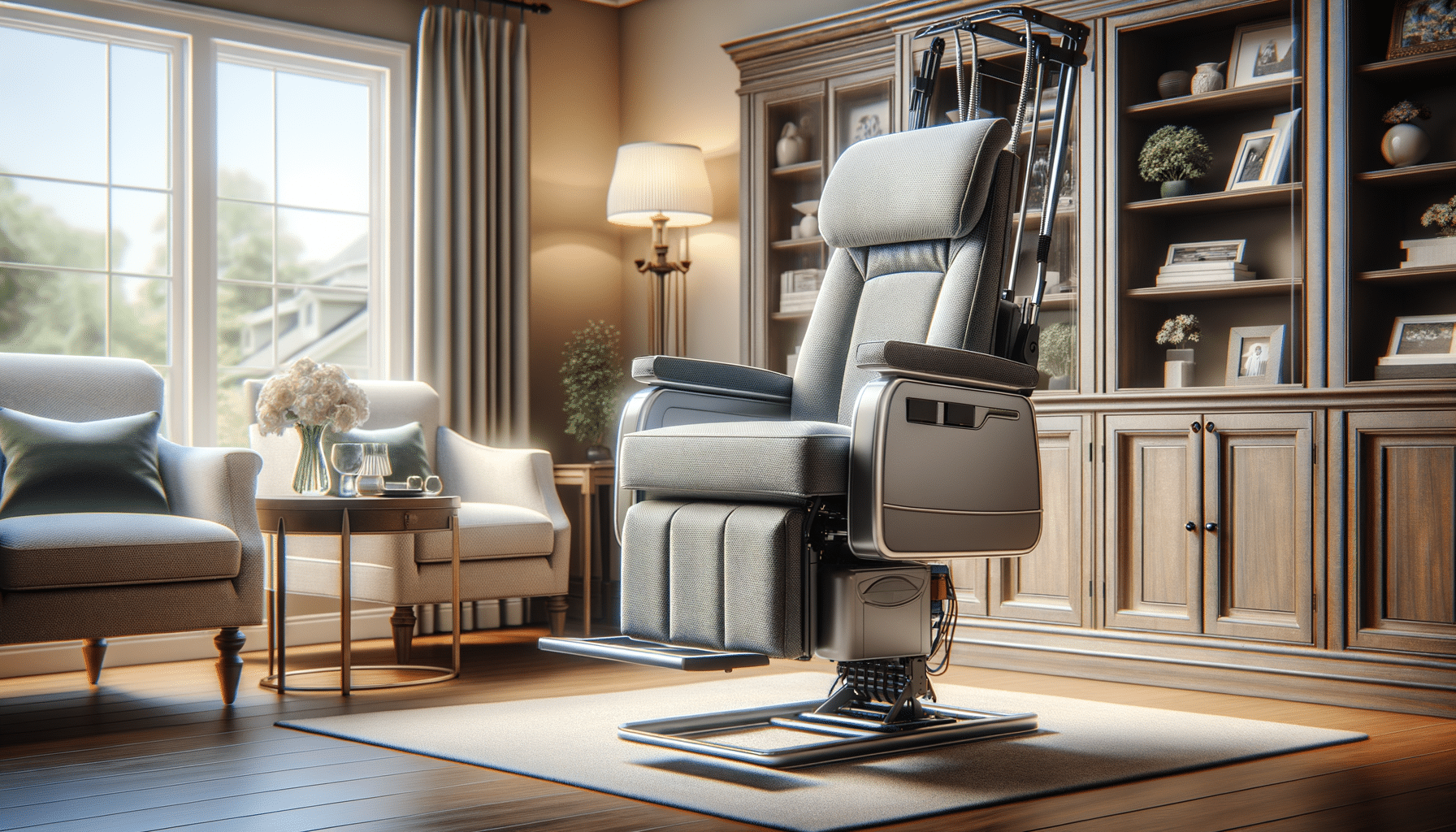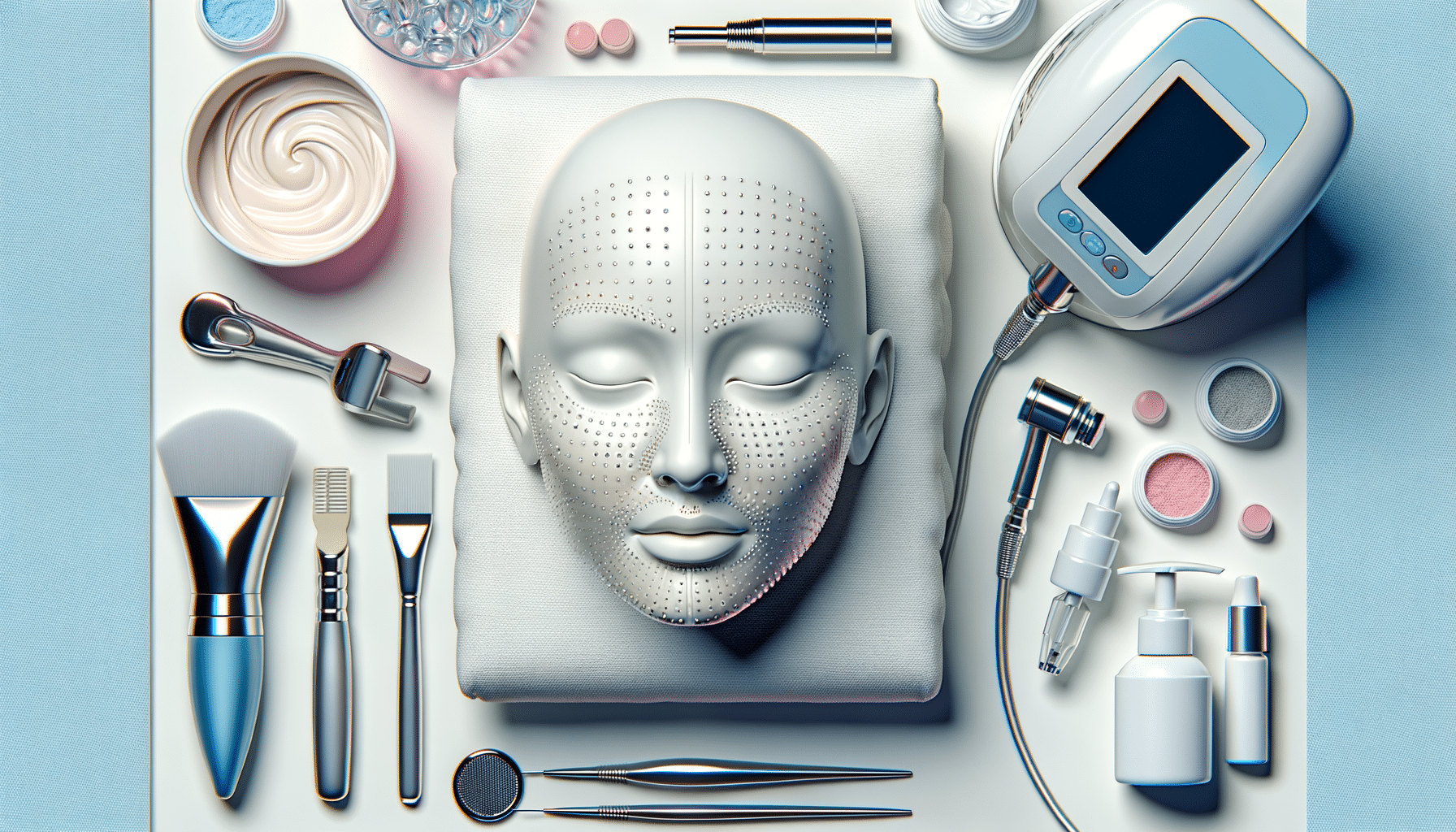
Considering a Lift Chair? Learn How It Can Improve Daily Comfort
What is a Lift Chair and How Does It Assist Mobility at Home
Lift chairs are innovative pieces of furniture designed to aid individuals with mobility challenges. These chairs are equipped with a powered lifting mechanism that gently tilts the chair forward, assisting users in transitioning from a sitting to a standing position and vice versa. This functionality is particularly beneficial for those who experience difficulty in standing up or sitting down due to age, injury, or disability.
The convenience of a lift chair goes beyond mere assistance in standing. It offers a comfortable seating experience with various reclining positions, allowing users to rest, watch television, or even nap with ease. By reducing the physical strain associated with these movements, lift chairs help prevent falls and injuries, contributing to a safer home environment. This aspect is especially crucial for seniors who may have balance issues or weakened muscles.
Moreover, lift chairs can be an essential tool for caregivers, as they reduce the need for physical support, thereby minimizing the risk of caregiver injury. The integration of technology in these chairs, such as remote controls and customizable settings, further enhances their usability, making them an excellent addition to any home where mobility support is needed.
Who Can Benefit from Using a Lift Chair
Lift chairs are designed to cater to a wide range of individuals, primarily benefiting seniors and those with mobility challenges. For older adults, the natural aging process often brings about reduced muscle strength and joint flexibility, making it difficult to perform everyday tasks like sitting down or standing up. A lift chair provides the necessary support to perform these actions safely and independently, enhancing the user’s quality of life.
Individuals recovering from surgery or injury can also find lift chairs extremely beneficial. Post-operative care often requires limited movement to aid recovery, and a lift chair can provide the comfort and assistance needed during this period. It allows users to adjust their seating position without exerting too much effort, which is crucial for healing.
People with chronic conditions such as arthritis, Parkinson’s disease, or multiple sclerosis may find lift chairs to be a valuable asset in managing their daily routines. These conditions often result in decreased mobility, and having a chair that assists in standing and sitting can significantly improve the individual’s autonomy and confidence. By reducing dependence on others, lift chairs empower users to maintain a sense of independence, which is vital for mental well-being.
Key Features to Consider When Choosing a Lift Chair
When selecting a lift chair, several key features should be considered to ensure it meets the user’s needs effectively. One of the primary aspects to evaluate is the recline angles. Lift chairs typically offer multiple reclining positions, ranging from a slight tilt to a full recline, similar to a bed. This feature is essential for users who wish to use the chair for various activities, such as reading, watching TV, or sleeping.
The type of motor used in the lift chair is another critical factor. Single motor chairs operate the backrest and footrest simultaneously, while dual motor chairs allow independent control of these components. Dual motor chairs offer greater flexibility and customization, making them a preferred choice for those who require specific seating adjustments.
Upholstery is also an important consideration, as it affects both comfort and aesthetics. Options range from fabric to leather, with each material offering different benefits in terms of durability, ease of cleaning, and tactile comfort. When choosing upholstery, consider the user’s lifestyle and personal preferences, as well as any potential allergies.
Additional features such as heat and massage functions, battery backup, and pocket storage can enhance the chair’s functionality and user experience. By carefully evaluating these features, individuals can select a lift chair that not only meets their physical needs but also complements their home environment.


